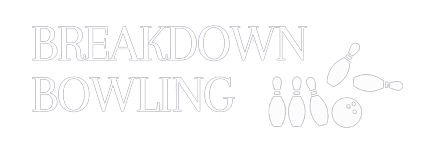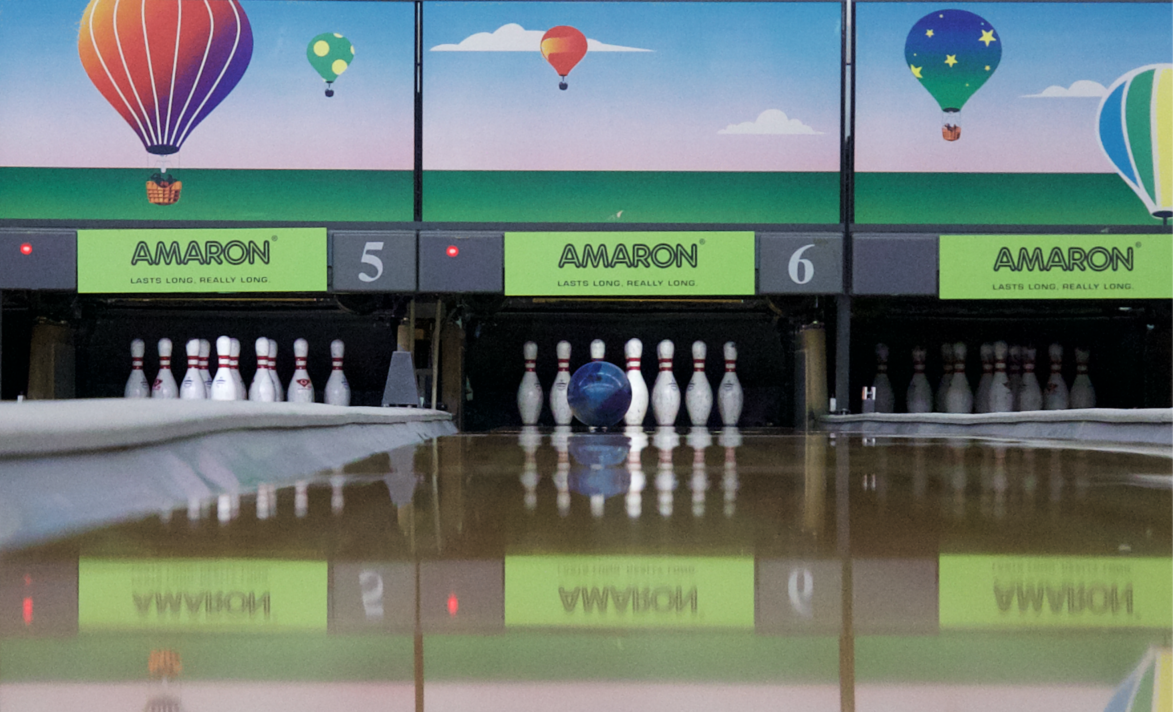One of the most challenging aspects in bowling is having to recognise transition in the oil pattern on the lane, and responding to it quickly and effectively. Being able to do so will put your scores at a consistently higher level as compared to another bowler who cannot.
In this article, we will go through the types of adjustments a bowler can make in response to changing lane conditions or non-ideal pin carry.
Angle or Line
This usually refers to making adjustments to your standing position, target or breakpoint in order to bowl a line that gets you closer to a proper pocket. For example, if you are missing left, you might consider moving your feet 2 boards left and moving your target at the arrow 1 board left (we call this a 2-1 adjustment).
Changing the angle or line of your shot should be one of the first adjustments you think about if your ball is not entering the pocket correctly. This is because making an adjustment to your line, is the easiest adjustment to execute without making major changes to your physical game, and is also the most direct way of moving out of an area.
Equipment
Reactive bowling balls come with different surfaces and cores. We may switch the bowling ball we use for a few reasons. For example, on extremely dry lanes, we may have trouble getting a solid ball to reach our desired breakpoint consistently, so a better option would be to switch to a pearlised ball. In another example, we could have found the area we want to bowl at, but would like to modify the angle of entry into the pocket for better carry, and switching our equipment is a way to achieve this result.
For more information on the options we have available, do read our article on the different types of bowling balls!
Loft
Lofting the ball refers to how far you throw the ball down the lane. When you throw a shot with greater loft, the ball first makes contact with the lane closer to the pins, as compared to a shot with no loft, where the ball first makes contact with the lane closer to the foul line.
We loft the ball when there is high friction on the lanes, and the lanes tend to be drier. Lofting enables us to reduce the amount of contact the ball makes with the lane in order for it to reach its breakpoint before it starts hooking or rolling.
Release
Changing your can take place in two ways. Firstly, you can modify your release to apply less or more revolutions to the ball depending on what you require. Secondly, you can change the direction of your ball’s rotation by changing your axis rotation or axis tilt. For example, on a more challenging lane condition, you might wish to straighten out your shot by applying more . This means you are reducing the amount of axis rotation and axis tilt your ball has.
Speed
The last category of adjustment that we can make is to change our ball speed. We may wish to reduce our ball speed on lanes that are oilier, and do the opposite on lanes that are drier.
Changing your ball speed can be achieved in a variety of ways. You could bring your target closer to you, such that you are aiming at the dots instead of the arrows, which reduces your ball speed. You could also stand closer or further from the foul line, which will change the size of your steps, thereby affecting your tempo and ball speed. Other ways to change ball speed, such as by simply throwing the ball harder may be more difficult to execute as they would warrant greater changes to your physical game.
If you’re able to recognise changes in the lane conditions and consistently apply adjustments that work for you, then you’re well on your way to becoming a competitive bowler! Different lane conditions require different adjustments to respond to what seem to be similar scenarios, so we encourage you to bowl on a variety of oiling patterns and experience for yourself what works and what doesn’t!

